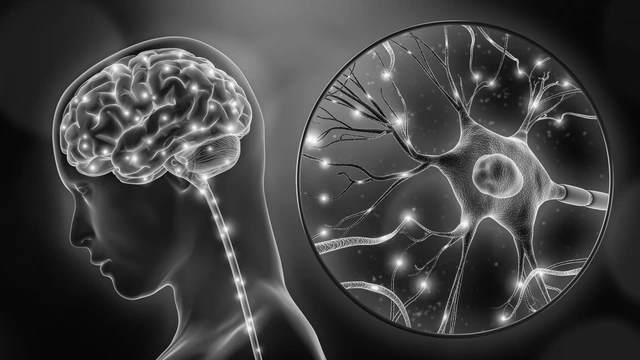Brain surgery is a highly specialized field of medicine involving complex procedures to address issues within the brain’s structure and function. These procedures are often performed to diagnose, treat, or manage medical conditions such as tumors, blood vessel abnormalities, or other disorders affecting brain health. Each brain surgery procedure varies greatly in its approach, requirements, and recovery process.
Craniotomy
A craniotomy involves the surgical removal of a section of the skull to access the brain. It is a common procedure in neurosurgery and is used for various purposes. Neurosurgeons often perform craniotomies to provide direct access to the brain. It is used to treat conditions such as:
- Brain tumors
- Blood clots or hematomas
- Aneurysms requiring repair
The process begins with the patient under general anesthesia. A small section of the skull is carefully removed using specialized surgical tools. This allows surgeons to view and address the area of concern. Once the procedure is completed, the bone is replaced and secured, typically with titanium plates and screws. Depending on the complexity of the surgery, recovery times can vary. Many patients require a hospital stay with close monitoring to evaluate post-operative healing. Rehabilitation therapies may also be included as part of the recovery plan.
Clipping and Artery Occlusion
Clipping and artery occlusion procedures are targeted treatments for brain aneurysms or other blood vessel abnormalities. These surgeries aim to control blood flow to affected areas, thereby reducing risks associated with ruptures. Both procedures are highly effective when performed correctly and are key components of contemporary neurosurgery. Post-procedural monitoring focuses on assessing cerebral blood flow and making sure the brain adapts to any changes made during the surgery.
Clipping is used to treat aneurysms by placing a small metal clip at the base of the aneurysm. This clip prevents blood from entering the aneurysm, reducing the chance of rupture while preserving blood flow through surrounding vessels. Artery Occlusion may involve blocking or sealing off a specific blood vessel to limit bleeding in specific cases.
Minimally Invasive Procedures
Minimally invasive procedures have revolutionized brain surgery. They offer alternatives to traditional methods that limit patient discomfort and promote faster recovery. Instead of requiring large incisions or exposure, many minimally invasive methods use small entry points and rely on advanced imaging for navigation.
Lesioning in Minimally Invasive Surgery
Lesioning, a subset of minimally invasive techniques, involves targeting specific areas of the brain to address abnormal neural pathways. This is particularly useful in conditions such as trigeminal neuralgia, where targeted lesioning can help alleviate symptoms. Using devices such as heat lasers, surgeons work to disrupt problem areas without causing widespread damage to the surrounding tissue.
Advantages of Minimally Invasive Surgery
Minimally invasive approaches offer a variety of benefits when compared to traditional surgery. These include reduced likelihood of infection, less postoperative discomfort, and shorter hospital stays. These procedures are continually evolving with advancements in imaging and robotic assistance, facilitating more precise and efficient outcomes for patients.
Confer With a Professional about Brain Surgery
Brain surgery procedures have advanced significantly, offering a diverse range of solutions for different medical conditions. From traditional craniotomies to state-of-the-art minimally invasive approaches, these techniques provide hope and pathways to treatment for patients worldwide. It is fundamental for patients to collaborate with a qualified neurosurgeon to understand all aspects of the procedure, from diagnosis and planning to the recovery process. Consultation allows for the exploration of the most suitable surgical solution tailored to individual needs.
- How a Gastroenterologist Can Help with Chronic Digestive Disorders
- How to Prepare for Cataract Surgery
- How To Create a Personalized Weight Loss Plan
- The Importance of Foot Care for Diabetes: Prevention Tips You Need
- Cutting vs. Polishing Tools in Dentistry: Key Differences Every Dental Professional Should Know


Leave a Reply